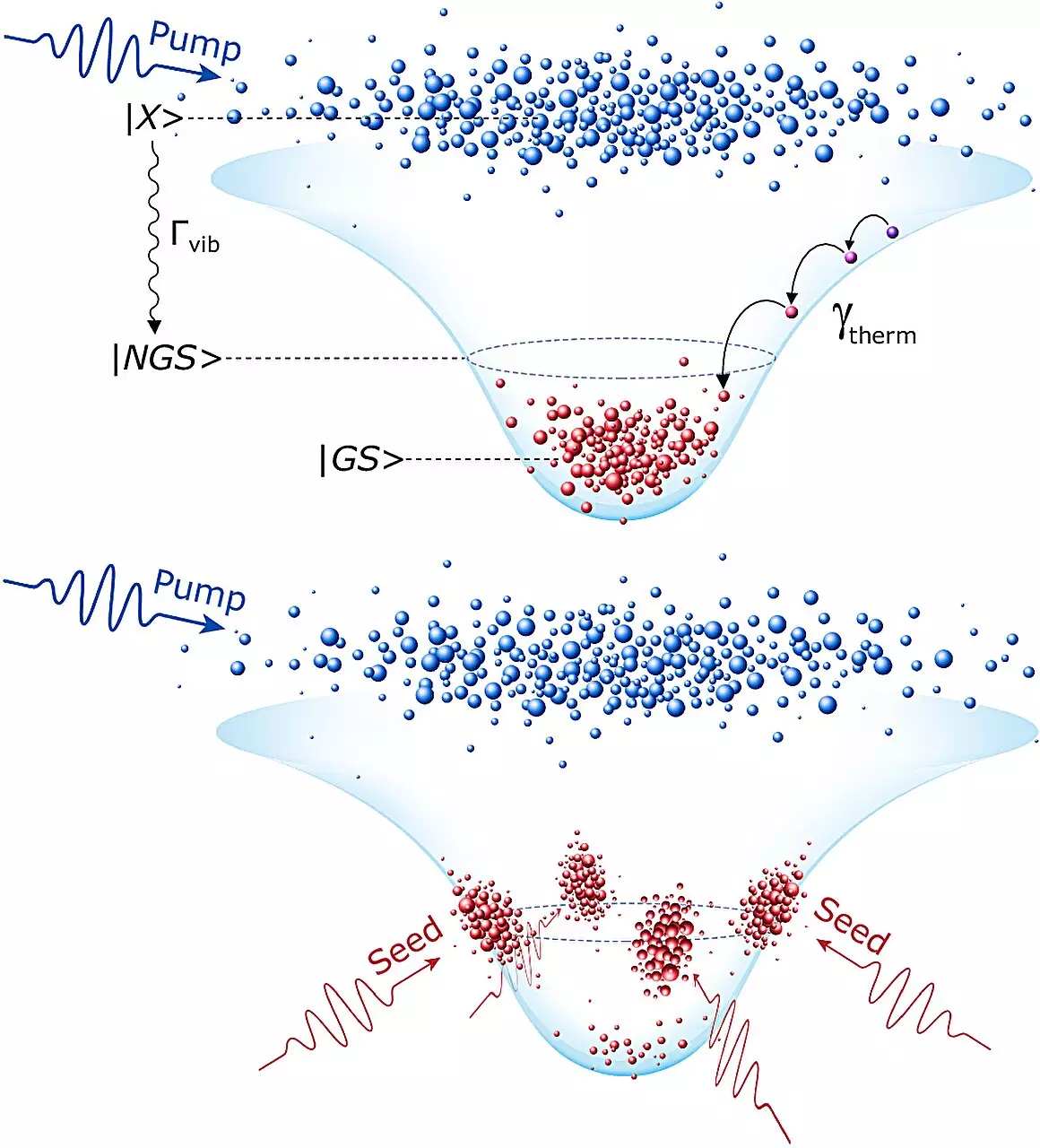In a landmark achievement, researchers from Skoltech and Bergische Universität Wuppertal have ushered in a transformative period for computational technology with the development of a novel optical logic element—the universal NOR gate. This innovation is significant not only for its technical capabilities but also for its potential to redefine the landscape of computing itself. Unlike conventional electronic systems, which are largely limited by physical constraints, this optical paradigm operates at room temperature and harnesses the power of polariton condensates, positioning itself to revolutionize how we conceive computer architecture.
Breaking Boundaries with Optical Technology
The universal NOR gate developed by the research team operates through purely optical mechanisms, eliminating the reliance on electric currents that have long been the backbone of traditional digital circuits. This enhancement allows for lightning-fast processing speeds that can reach up to 1 THz, a staggering multiple of the speed limitations faced by electronic processors, which typically max out in the low GHz range. The implications are profound: if developed further, optical computing can dramatically elevate computational efficiency and speed, fostering advancements across numerous scientific and industrial sectors.
The idea of constructing optical computers has tantalized scientists for decades, and with this development, we inch closer to that dream. The experimental success of integrating optical gates that perform basic logical operations could lead to the rise of optical chips capable of executing complex calculations without the detrimental heat generation that plagues conventional processors.
Cascading Into the Future
What sets this work apart is the ability of the new NOR gate to be easily reproduced and interconnected, enabling cascaded configurations. This aspect emphasizes scalability, suggesting that larger and more complex optical circuits can be constructed using these universal gates. In practical terms, it means designing circuits that can handle more inputs and outputs seamlessly—an essential requirement for advancing computing capabilities.
The ability to utilize up to 12 inputs for a single gate is a remarkable advance from the traditional electronic systems that typically manage far fewer. This high capacity presents an opportunity to optimize computational processes and alleviate bottlenecks long associated with electronic circuits. Here, light does what electricity can’t—factor in more data at extraordinary speeds, which is pivotal in big data applications, machine learning, and real-time processing tasks.
Polariton Power: The Key to Efficiency
The successful operation of the NOR gate relies on the unique characteristics of polaritons, often referred to as “liquid light.” This hybrid state between photons and excitons allows for unparalleled signal amplification and control. What makes polaritons particularly advantageous is their ability to condense into different states of energy, significantly enhancing the logic gate’s functionality. It has been posited that even a single photon can effectively manage the state of an optical polariton transistor, presenting possibilities that surpass any electronic logic component.
This unorthodox utilization of light not only fosters speed but also mitigates challenges faced in electronic circuits where components must sometimes struggle against heat and interference. The research team’s success in managing non-ground states for polaritons opens new avenues for optical logic, particularly in how light can be manipulated to control logical operations without energy losses typically associated with electronic signals.
The Path Ahead: A Brave New World for Computing
With the research findings published in the prestigious journal Nature Communications, the scientific community now has a roadmap laying the groundwork for future optical computing technologies. These innovations promise to disrupt the silicon-based pipeline that has dominated computing for decades, igniting a wave of curiosity and potential for breakthroughs across a multitude of domains.
The development of a viable optical logic element that can outpace current technology dramatically shifts the focus in computing research. This pivotal moment emphasizes the boundless potential of integrating physics with practical applications, underscoring our need to depart from traditional electronic constraints.
As we ascend into this new era of computing, the concept of an optical computer could very well forge a quantum leap toward machines capable of unparalleled performance, transforming not only computational landscapes but also the very fabric of the technologies we rely on each day. What remains critical now is the continued exploration, both theoretical and practical, to realize and maximize the potential of these remarkable advancements.

